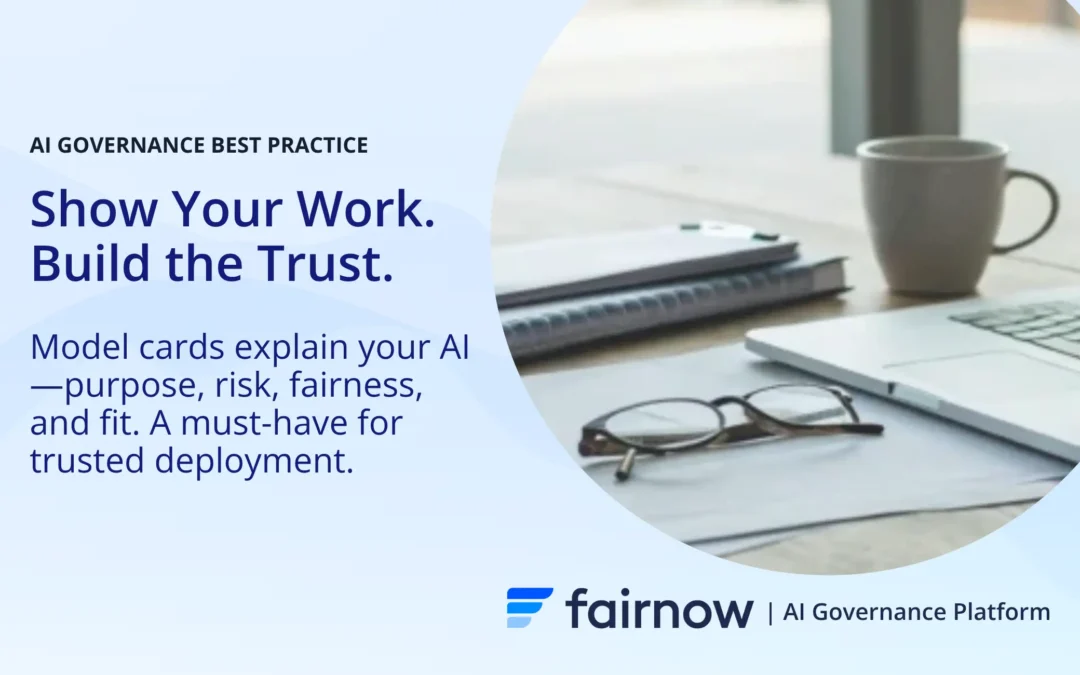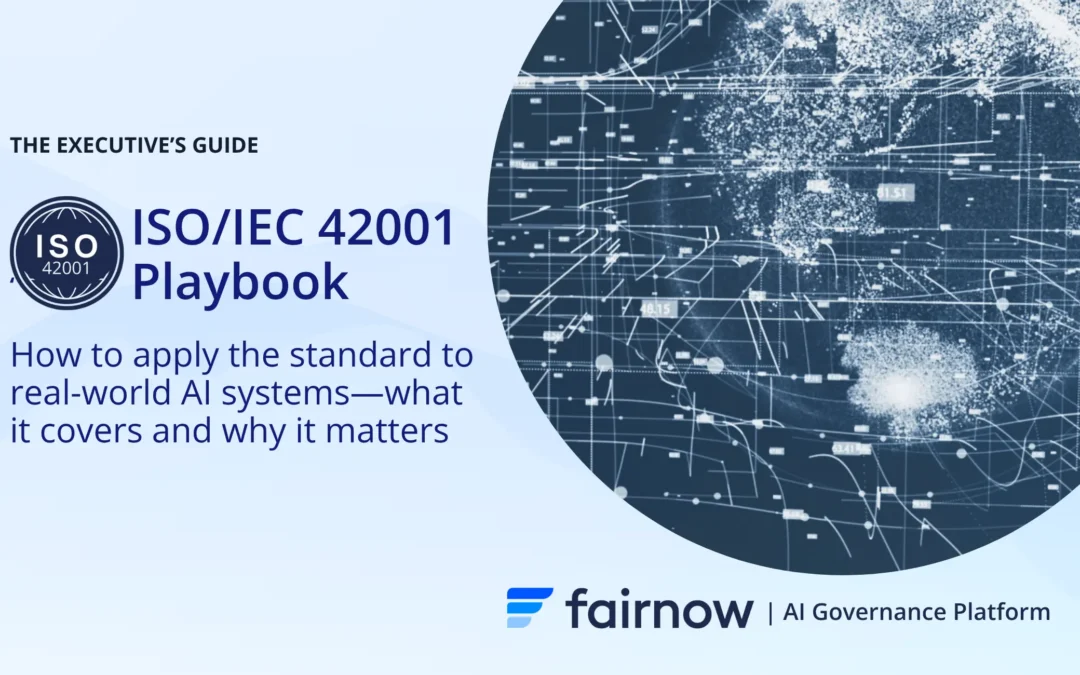What is an Automated Employment Decision Tool (AEDT)? The Simple Definition
An Automated Employment Decision Tool (AEDT) is a program that uses statistical inference, machine learning, artificial intelligence, or data analytics to replace or assist decision-making in hiring and worker management domains.
The Technical Definition
An Automated Employment Decision Tool (AEDT) refers to a software or system that uses algorithms, machine learning, artificial intelligence, or other computational methods to assist in or make decisions related to employment processes.
These decisions can include hiring, firing, promotions, or job assignments. The tool may analyze resumes, evaluate candidates’ responses in interviews, or assess employee performance. It aims to streamline the decision-making process, increase efficiency, and potentially reduce human bias.
However, it is crucial to regularly audit and evaluate these tools to ensure they do not perpetuate bias or discrimination.
Regulations like NYC Local Law 144 govern employer usage of AEDTs. They focus on bias testing and transparency measures to protect users.
Explain it Like I’m Five
Imagine you have a super smart toy robot that can help you choose which games to play with your friends. You tell the robot about the games and about your friends, and then it thinks really hard and tells you which game would be the best for everyone to have fun.
An Automated Employment Decision Tool (AEDT) is like that toy robot, but for grown-up jobs. When people want a new job, they tell the company about themselves, and this smart tool helps the company decide who would be the best person for the job. It looks at all the information and tries to make a fair choice so that everyone gets a chance to work and do what they are good at.
Use Automated Employment Decision Tool (AEDT) at the Water Cooler
How to use it in a sentence at work:
“Our HR department recently implemented an AEDT to streamline the hiring process, ensuring that we evaluate all candidates fairly and efficiently based on their skills and experience.”


